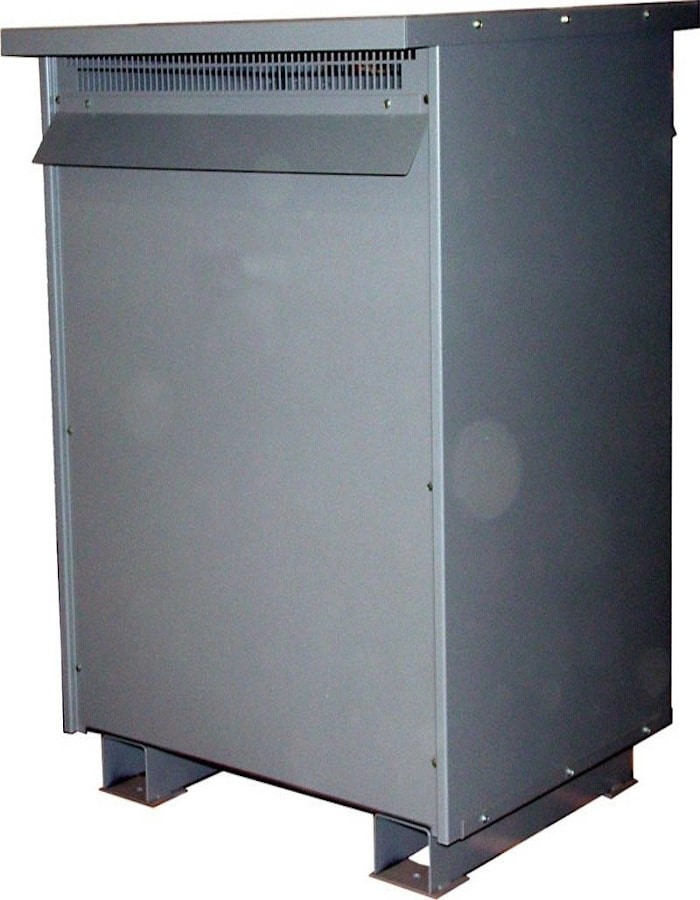theophilus88
Professional Architectural Engineer
- Location
- St. Louis, MO
- Occupation
- Professional Architectural Engineer
I am working on a giant fruit and nut processing facility in Missouri, and the owner wants to reuse (2) pieces of equipment that require 600V's..... I have told him several times that this is not possible, but they insist on wanting this voltage since the equipment is too expensive to replace. Does anyone know the best way to supply 600V's to your building? The only idea I had was to provide another service entrance transformer for this equipment which would be incredibly expensive or some sort of step up transformer from 480V to 600V. Does this even exist? Thanks in advance for any information.




